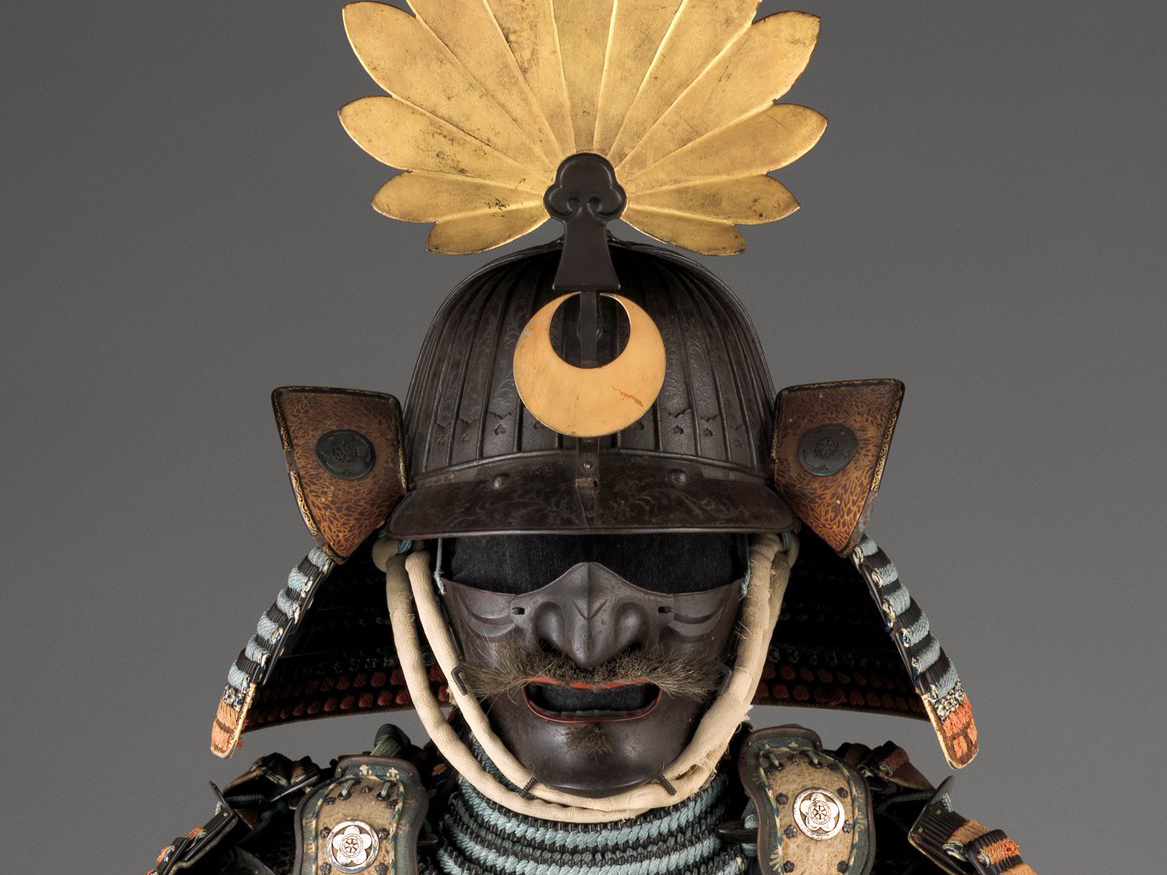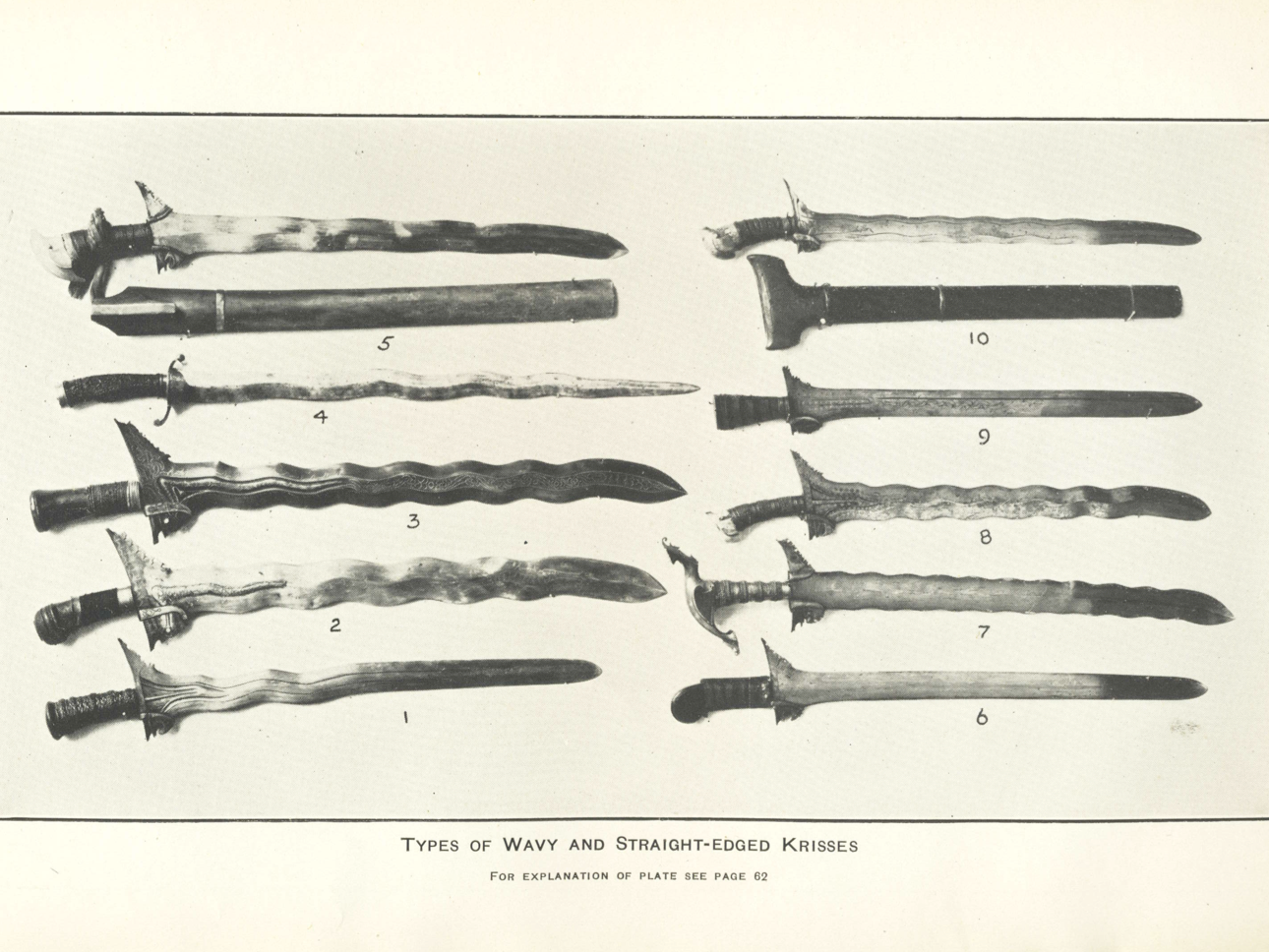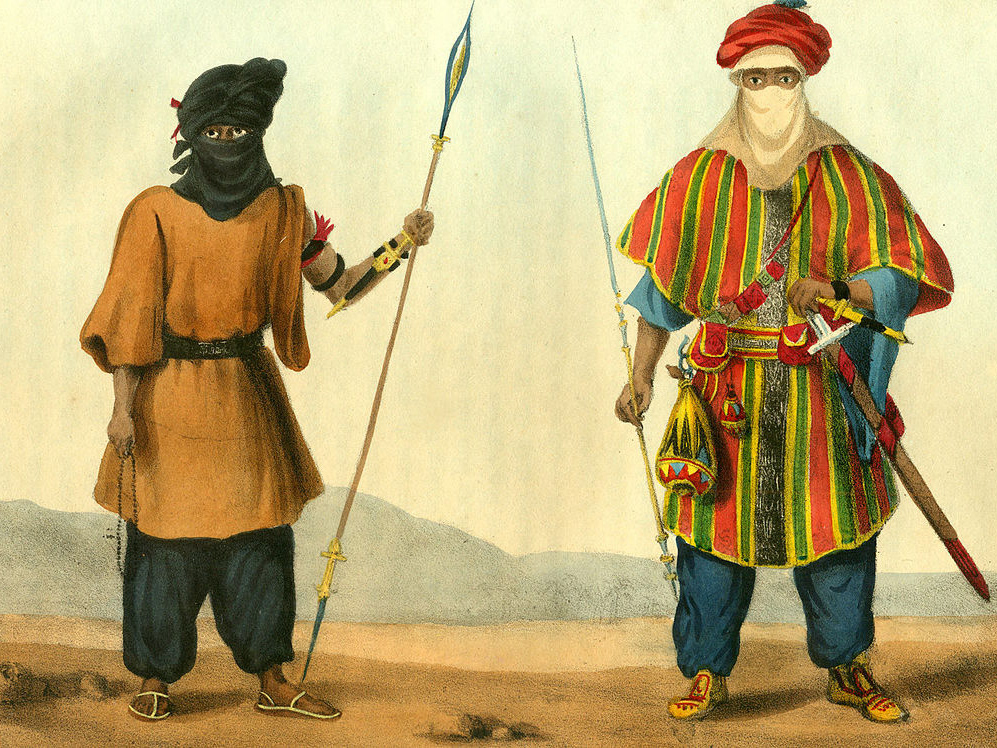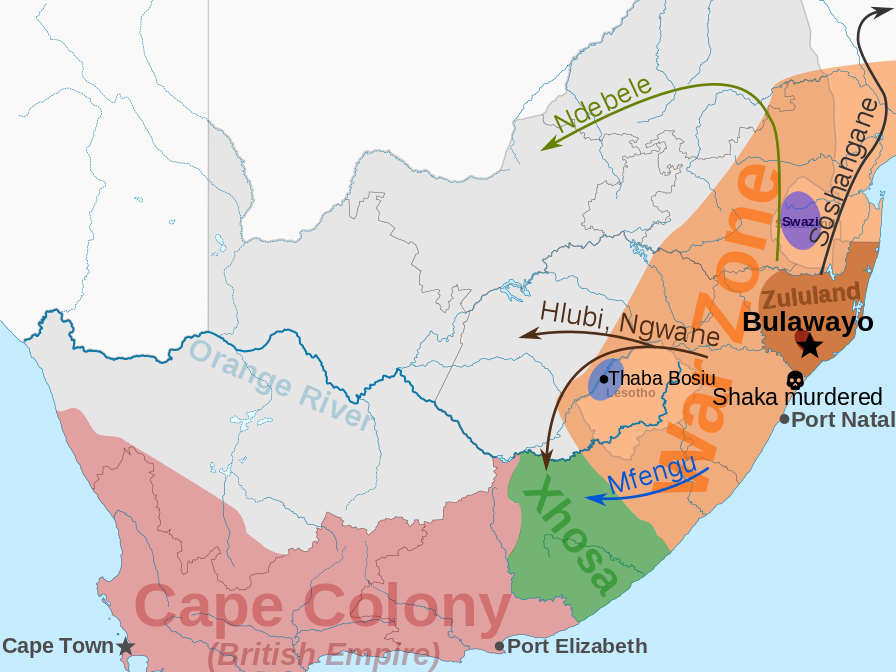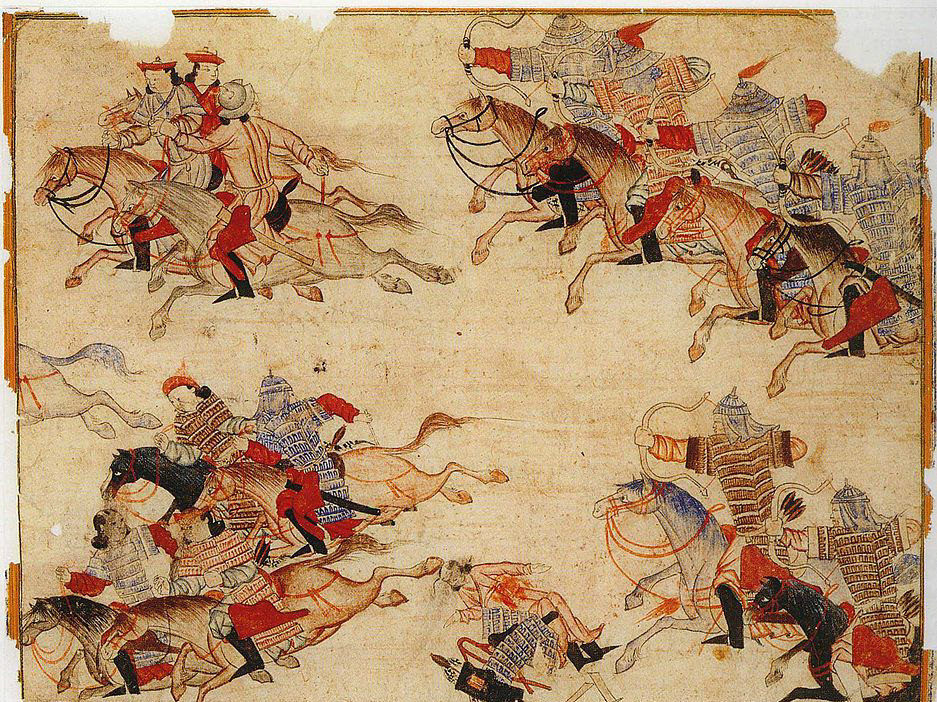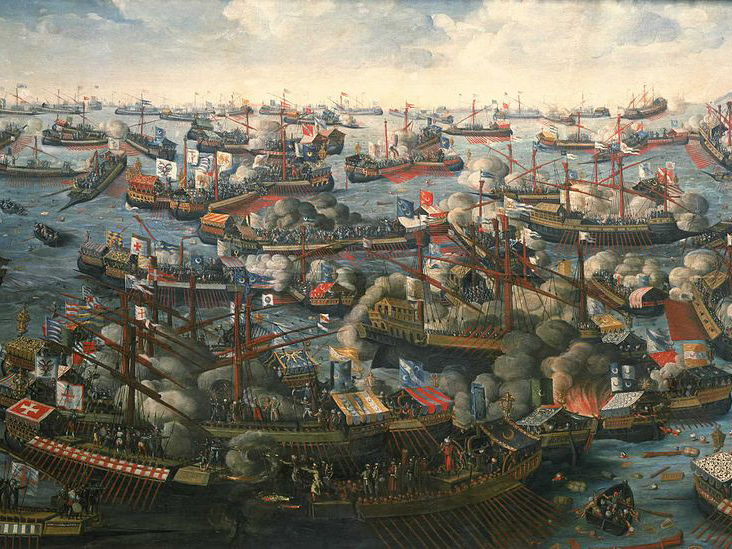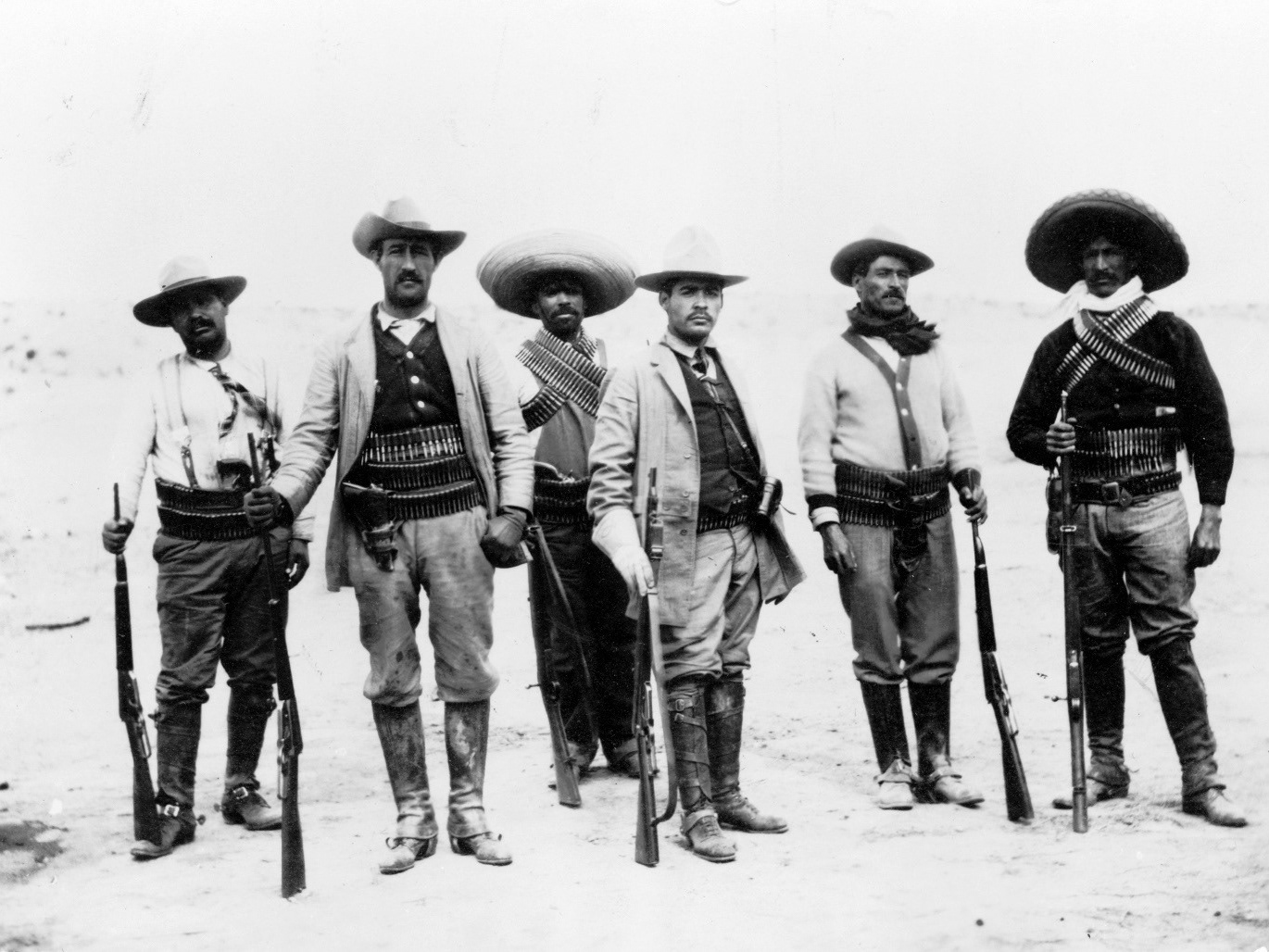Another class of sacrifice was the god impersonators. Specially chosen individuals were adorned in the finery of the god they represented and became the physical manifestation of that god for a year. They would be showered with honors and rewards as the Aztecs showed all the respect and awe befitting a deity.
In the month of Tóxcatl, the sixth month of the Aztec solar year, Tezcatlipoca was honored in this way. A creator god—the god of sustenance—a patron of warriors and as the bringer of both good and evil, Tezcatlipoca was the literal personification of change through conflict. A prisoner of war would be dressed in Tezcatlipoca’s regalia and treated as the omnipotent, all-powerful being he was. He would be surrounded by four women, each impersonating four goddesses: Atlatonan, Huixtocihuatl, Xilonen, and Xochiquetzal. At the end of the month, the prisoner representing Tezcatlipoca would ritualistically marry the four women impersonating goddesses in line with the myth and lore. After the ceremony, he was taken to a specially dedicated temple and sacrificed in honor of the real Tezcatlipoca.[37]
Works Cited
Footnotes
[1] “Aztec | Facts, Location, & Culture.”
[2] “Aztec | Facts, Location, & Culture.”
[3] R. G. Grant, Battle A Visual Journey Through 5,000 Years Of Combat.
[4] R. G. Grant.
[5] R. G. Grant, Battle A Visual Journey Through 5,000 Years Of Combat.
[6] Hassig, Aztec Warfare.
[7] Hassig.
[8] Hassig,
[9] Hassig.
[10] Hassig.
[11] Hassig.
[12] Hassig.
[13] DK Books, Weapon A Visual History of Arms and Armor.
[14] Hassig, Aztec Warfare.
[15] DK Books, Weapon A Visual History of Arms and Armor.
[16] Hassig, Aztec Warfare.
[17] DK Books, Weapon A Visual History of Arms and Armor.
[18] Hassig, Aztec Warfare.
[19] Hassig.
[20] Hassig.
[21] Hassig.
[22] Hassig.
[23] Hassig.
[24] Hassig.
[25] DK Books, Weapon A Visual History of Arms and Armor.
[26] Aguilar-Moreno, Handbook to Life in the Aztec World.
[27] Hassig, Aztec Warfare.
[28] Hassig.
[29] Centre, “El Tajin, Pre-Hispanic City.”
[30] Hassig, Aztec Warfare.
[31] Hassig.
[32] Graulich, “Aztec Human Sacrifice as Expiation.”
[33] Graulich.
[34] Graulich.
[35] Hicks, “‘Flowery War’ in Aztec History.”
[36] “Aztec Sacrifice.”
[37] “Tezcatlipoca.”
Citations
Aguilar-Moreno, Manuel. Handbook to Life in the Aztec World. Oxford University Press, 2007.
Encyclopedia Britannica. “Aztec | Facts, Location, & Culture.” Accessed June 3, 2018. https://www.britannica.com/topic/Aztec.
Ancient History Encyclopedia. “Aztec Sacrifice.” Accessed June 3, 2018. https://www.ancient.eu/Aztec_Sacrifice/.
Centre, UNESCO World Heritage. “El Tajin, Pre-Hispanic City.” UNESCO World Heritage Centre. Accessed June 3, 2018. https://whc.unesco.org/en/list/631/.
DK Books. Weapon A Visual History of Arms and Armor. Edited by Paula Regan. DK publishing, n.d.
Graulich, Michel. “Aztec Human Sacrifice as Expiation.” History of Religions 39, no. 4 (2000): 352–71.
Hassig, Ross. Aztec Warfare: Imperial Expansion and Political Control. University of Oklahoma Press, 1995.
Hicks, Frederic. “‘Flowery War’ in Aztec History.” American Ethnologist 6, no. 1 (February 1979): 87–92. https://doi.org/10.1525/ae.1979.6.1.02a00060.
R. G. Grant. Battle A Visual Journey Through 5,000 Years Of Comat. Edited by David John. DK publishing, n.d.
Ancient History Encyclopedia. “Tezcatlipoca.” Accessed June 3, 2018. https://www.ancient.eu/Tezcatlipoca/.
